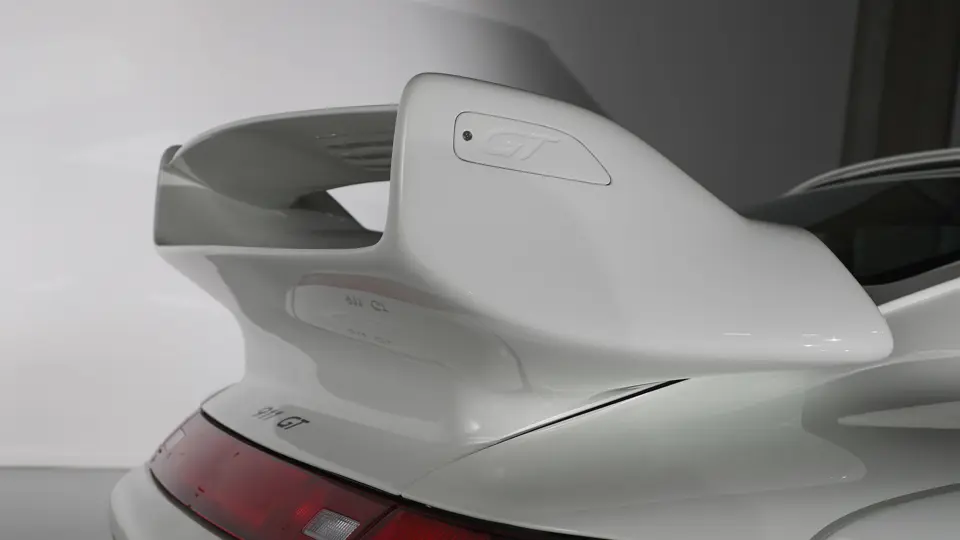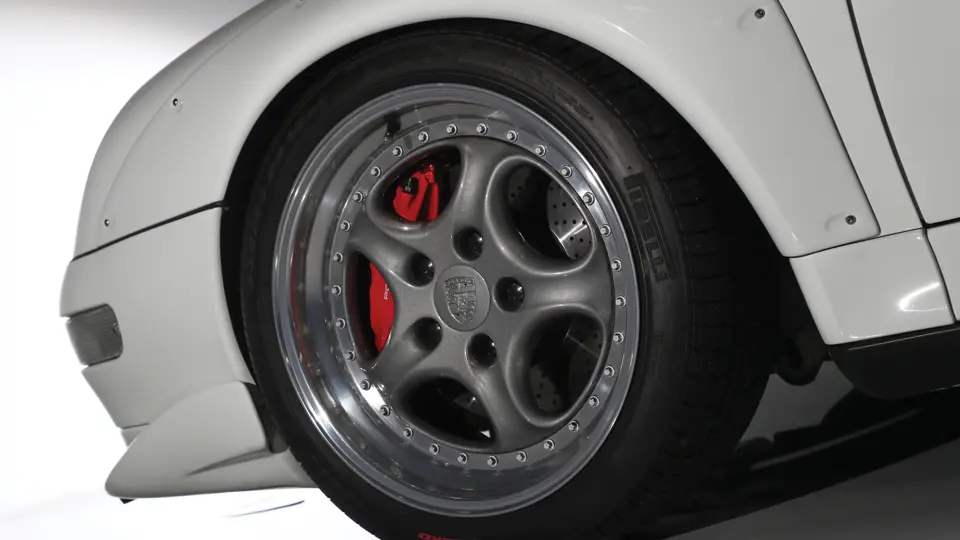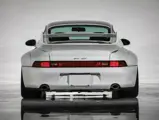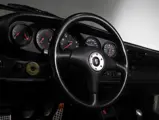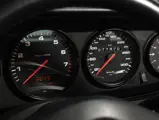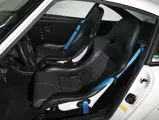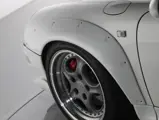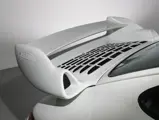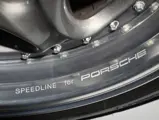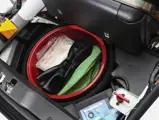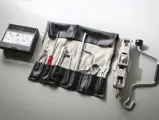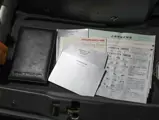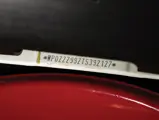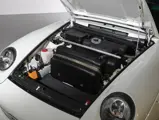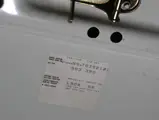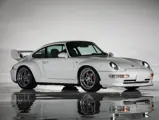
1996 Porsche 911 GT2
{{lr.item.text}}
$1,100,000 - $1,400,000 USD | Not Sold
{{bidding.lot.reserveStatusFormatted}}
- One of only 194 GT2s produced
- Attractive white over black with blue accents
- Factory air conditioning and power windows
- Includes tool kit, air compressor, and jack
- The ultimate street-legal 993
Porsche’s success with the four-wheel-drive 961, along with Audi’s rally wins with the quattro and the later track success of the Nissan Skyline, led to all-wheel-drive being banned by most sanctioning bodies by the mid-1990s. This presented a problem for Porsche, whose Turbo was driven by all four wheels. The solution was the GT2, which was to be rear-wheel-drive.
The 911 GT2 took the top-of-the-line Type 993 Turbo to new heights. Eliminating the front-wheel-drive system, rear seats, power-adjustable front seats, and various other items trimmed some 500 pounds from the GT2’s curb weight, while in racing form, the M64/60R engine, with its twin intercooled KKK turbochargers, developed 480 hp; the street version dialed that back a bit, to 430, along with 457 foot-pounds of torque at 13 psi. This still equated to only 6.6 pounds per hp, a figure that surpassed the venerable 959. All this energy was fed to the rear wheels through a new six-speed transaxle and an asymmetrical 40/60 limited-slip differential.
The GT2’s bodywork included aluminum doors and front trunk lid, and a very aggressive aero package, with a front air splitter with up-turned canards and a huge bi-plane rear-deck-mounted wing incorporating air ducts that fed the intercoolers. Special 18-in. diameter multi-piece “Speedline for Porsche” alloy wheels with aluminum outer rims and magnesium centers filled the bolt-on fiberglass wheel arches.
The result was utterly stunning performance, including a 0–60 mph sprint in less than four seconds, and a top speed of nearly 190 mph. The new GT2’s power-assisted four-wheel carbon-fiber/ceramic disc brakes were up to the task of hauling the car to a halt without fade. This special group of cars was specially hand-prepared by Roland Kussmaul’s Race-Sports Department and assigned the name 911 GT, while the track versions were labeled GT2. After 1997, both versions carried the GT2 name.
This very attractive GT2 is finished in white over a black leather interior and features subtle blue accents, including the seat belts, door pulls, and “GT” script across the rear seat back. Originally specified for Germany, it was optioned with a stronger battery, tinted windscreen, front airbags, air conditioning, power windows, and interestingly, without a radio. A radio has subsequently been installed, as has an attractive Clubsport steering wheel.
This limited homologation special was acquired in Japan about 13 years ago. During that time, it was meticulously maintained, including routine servicing as noted by records in the engine bay. The GT2 was most recently showing just 11,470 km, though according to the owner, the original 320-km/h speedometer had been removed for service to repair fogging to the lens, at which point, a 300-km/h speedometer was temporarily installed. The original speedometer was repaired and subsequently reinstalled, though we are therefore unable to verify the accuracy of the current odometer reading. The car retains its original tool roll, jack, air compressor, and space-saver spare tire mounted in the front.
The GT2 immediately proved itself to be extremely competitive on the race track. One early example enjoyed high podium finishes at the Sebring 12 Hours in both 1995 and 1996, as well as at Watkins Glen and Daytona. In the hands of expert drivers, the GT2 was indeed a very sharp and reliable scalpel. The street versions were also brilliant performers, but many owners specified various comfort options, and as a result, the GT2 was the most expensive model within the 911 lineup that year.
As road-going GT2s are rarely offered for public sale, the opportunity to acquire such an impeccable example of one of Porsche’s most iconic supercars should not be missed.

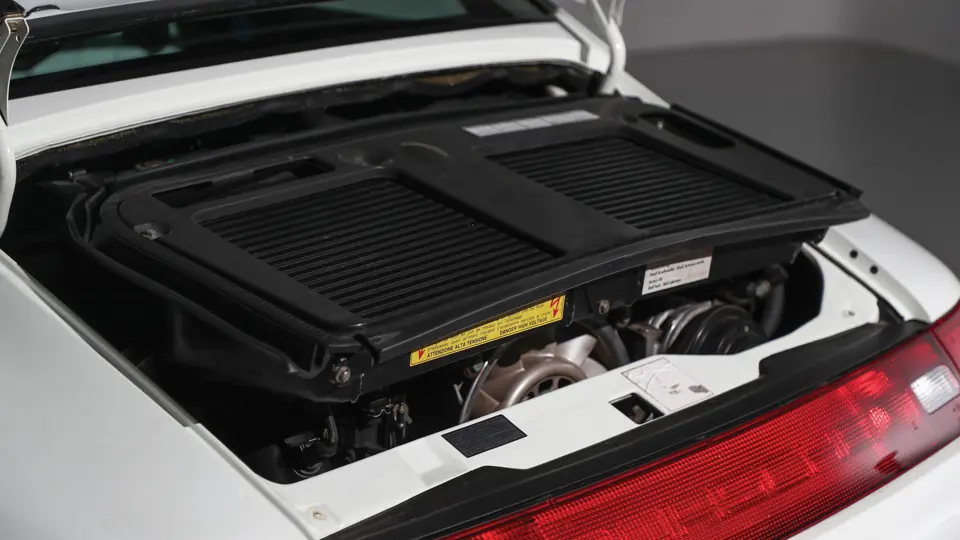
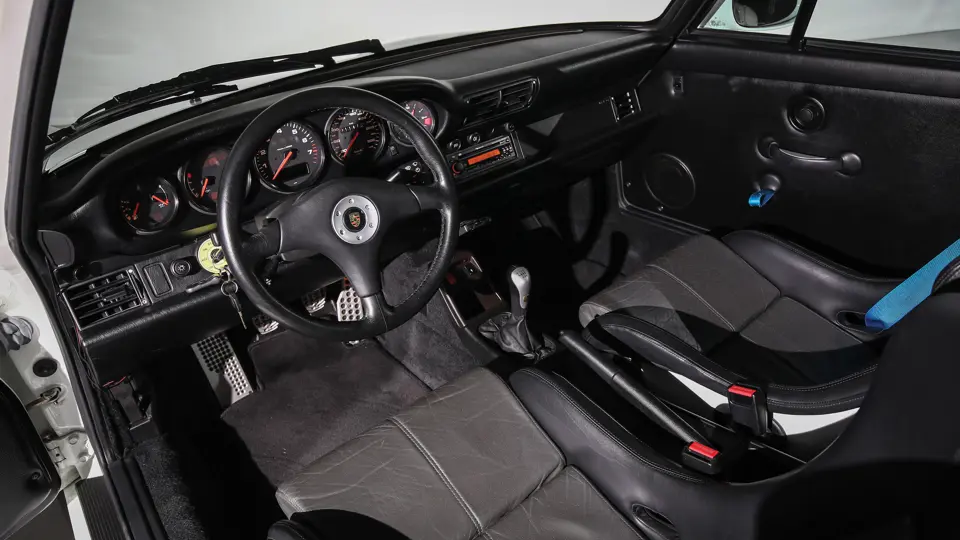






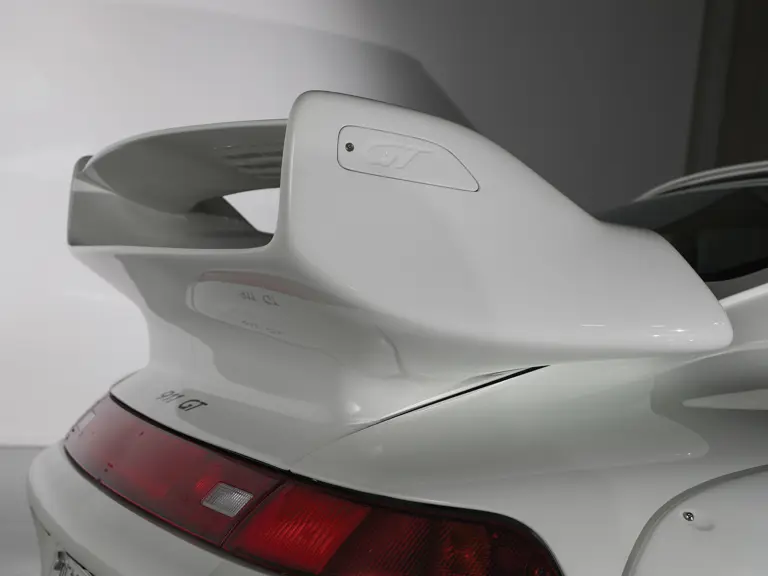


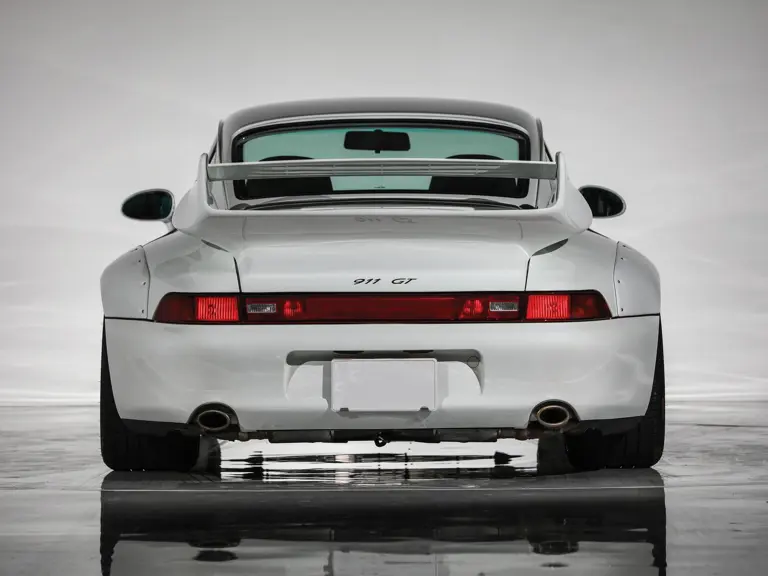
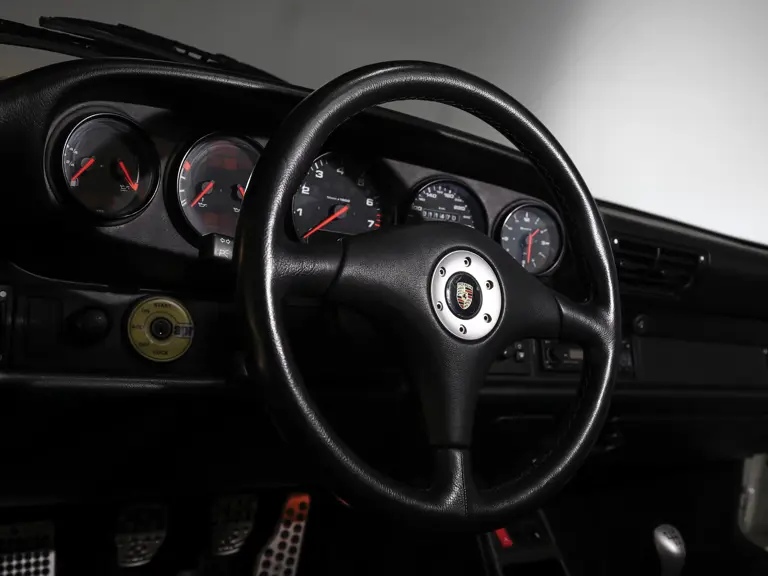


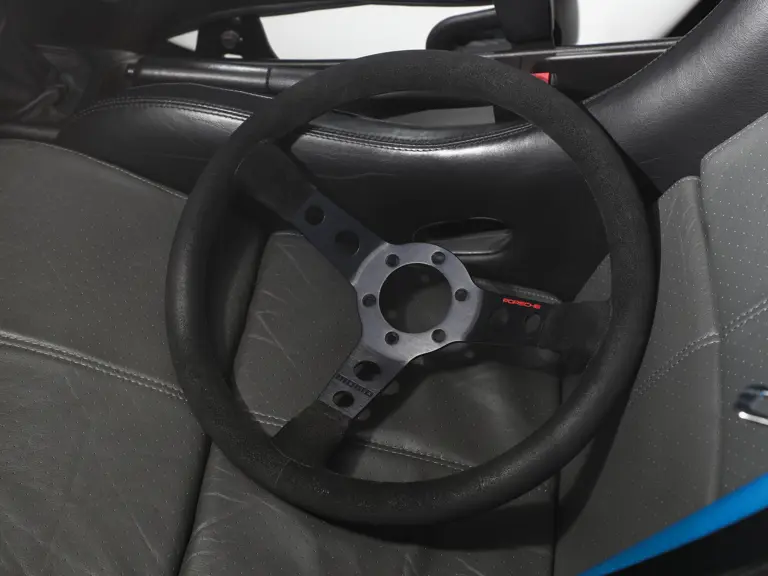

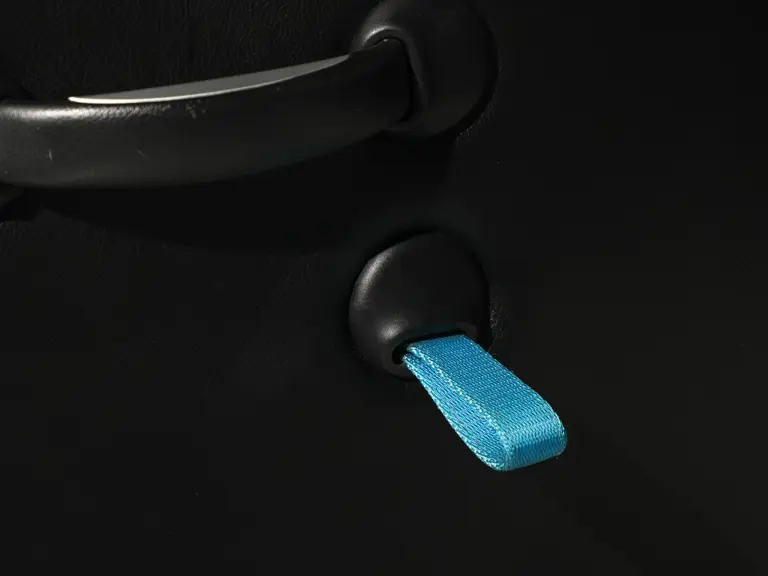



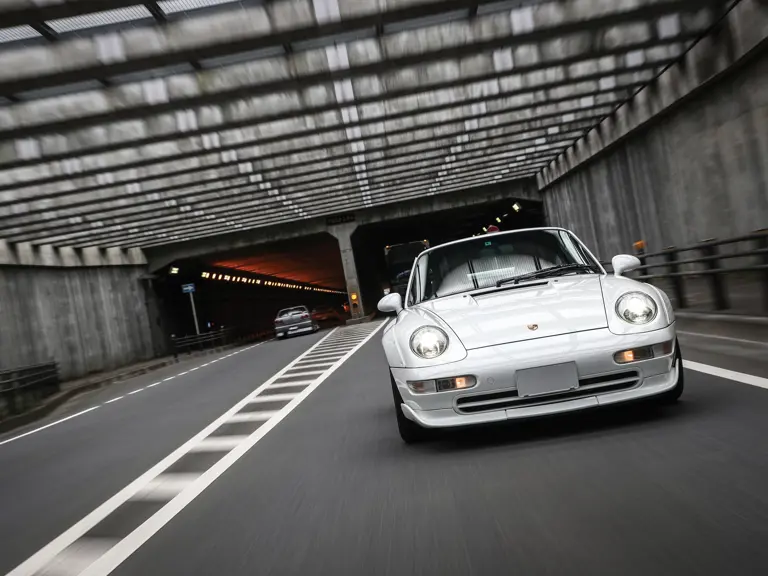
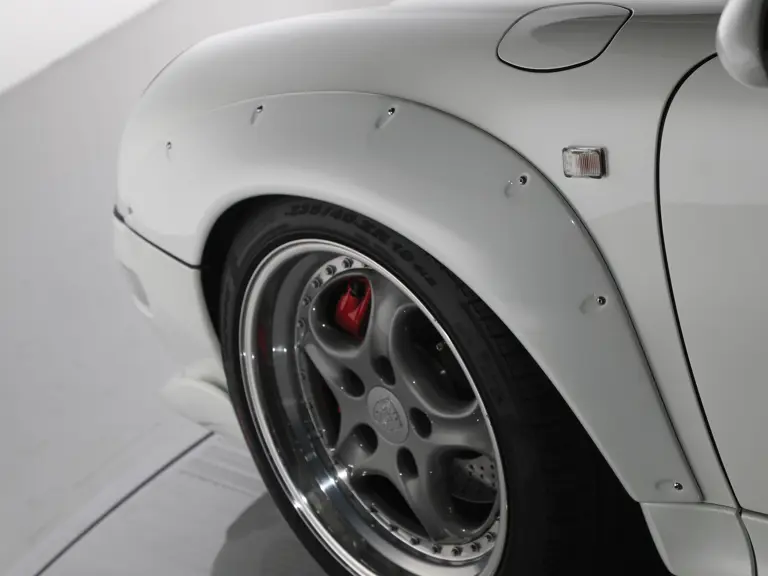

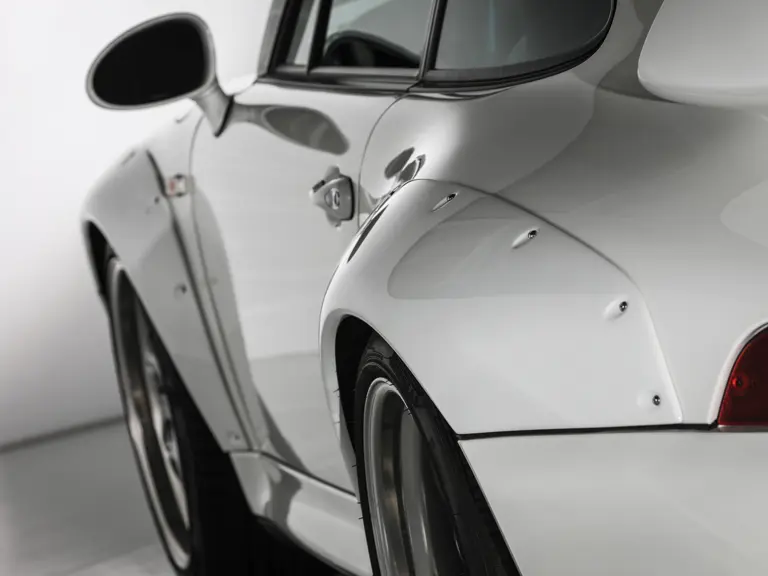
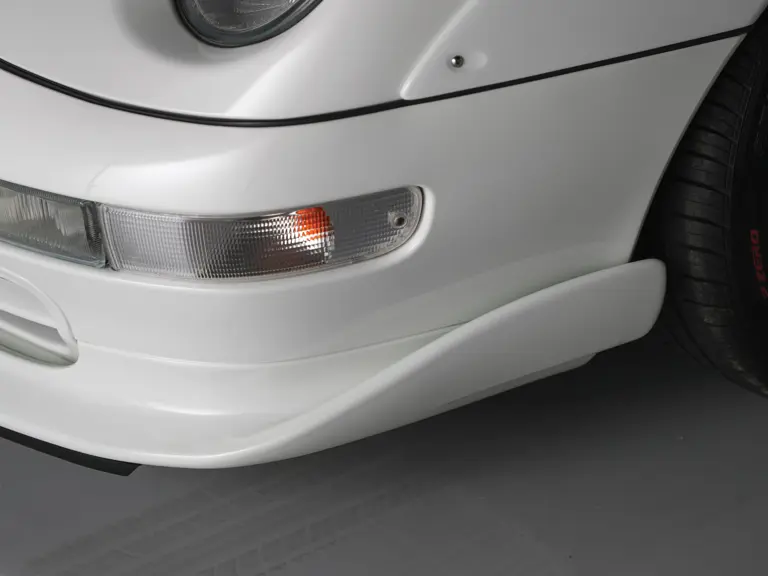
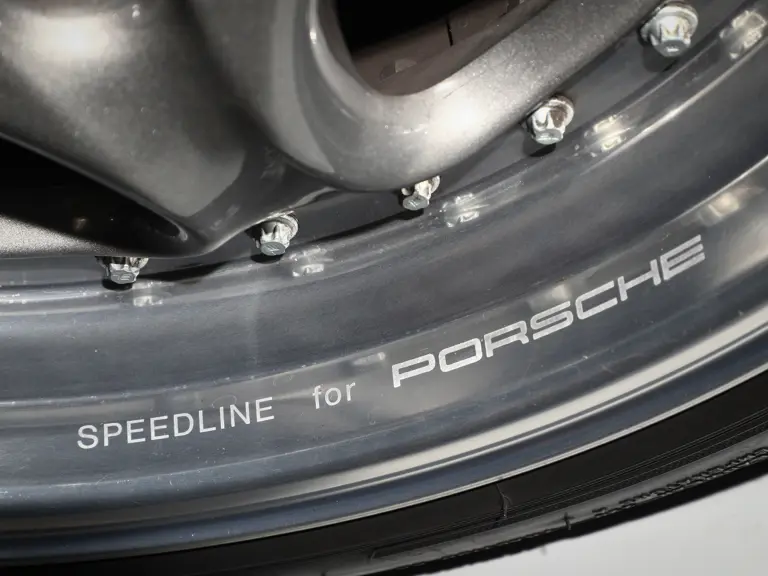
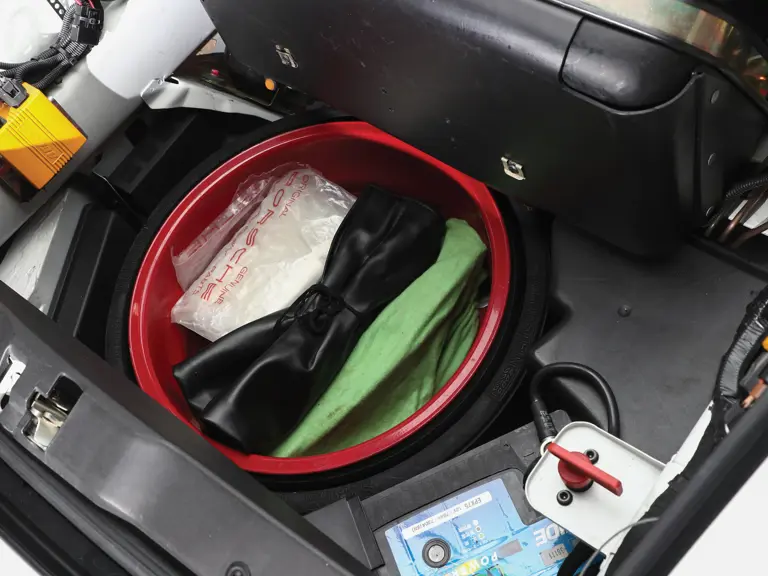

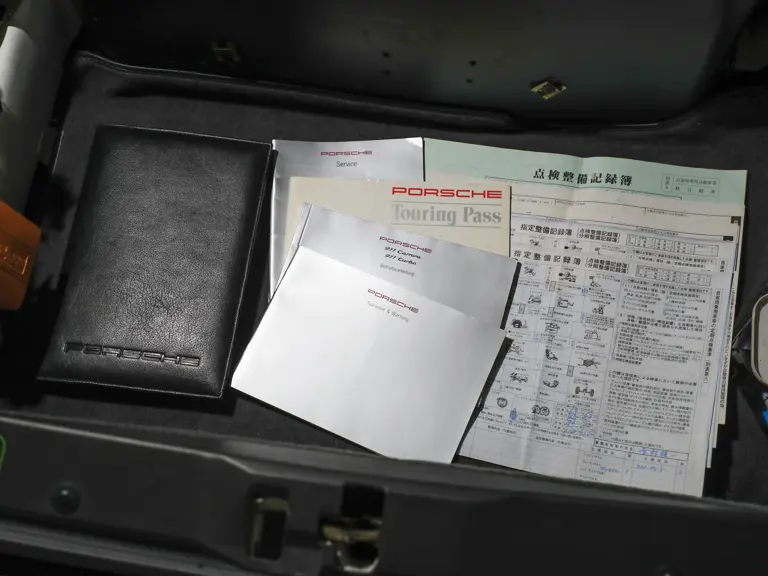
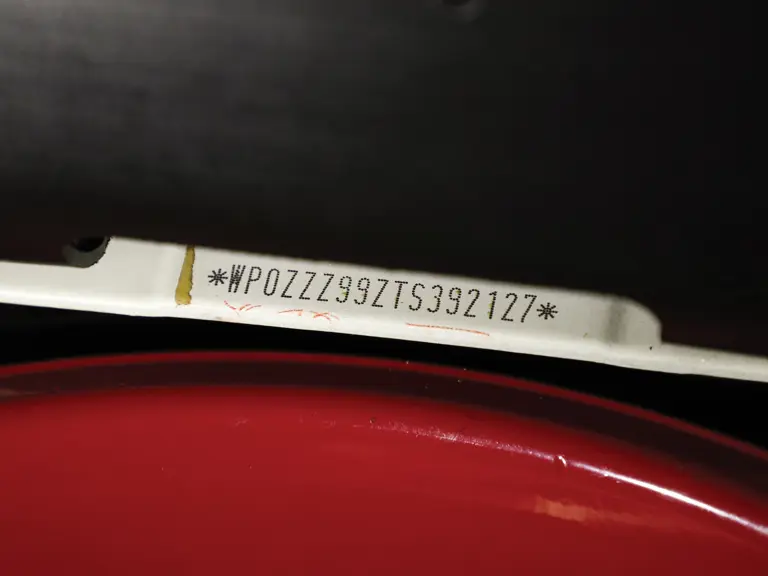
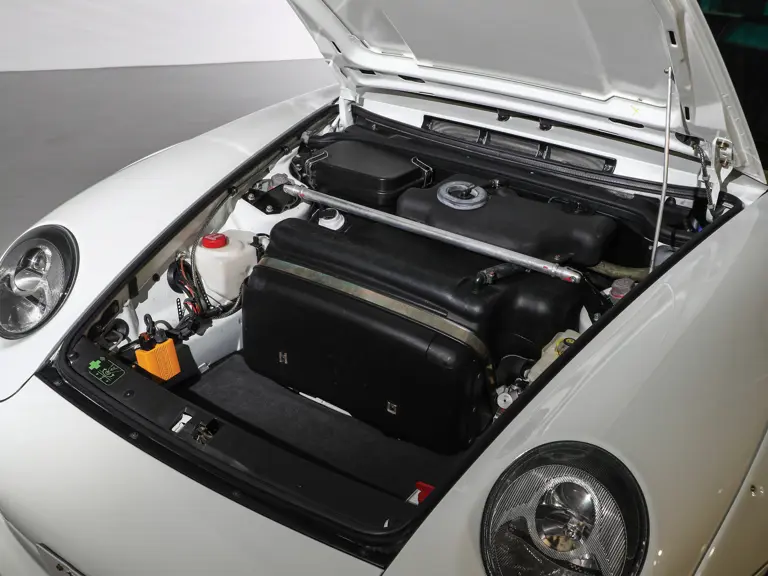
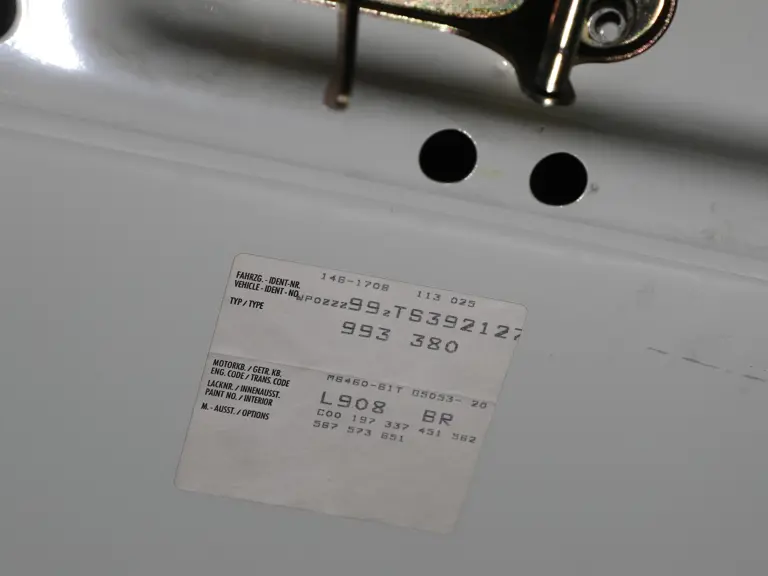


 | New York, New York
| New York, New York

